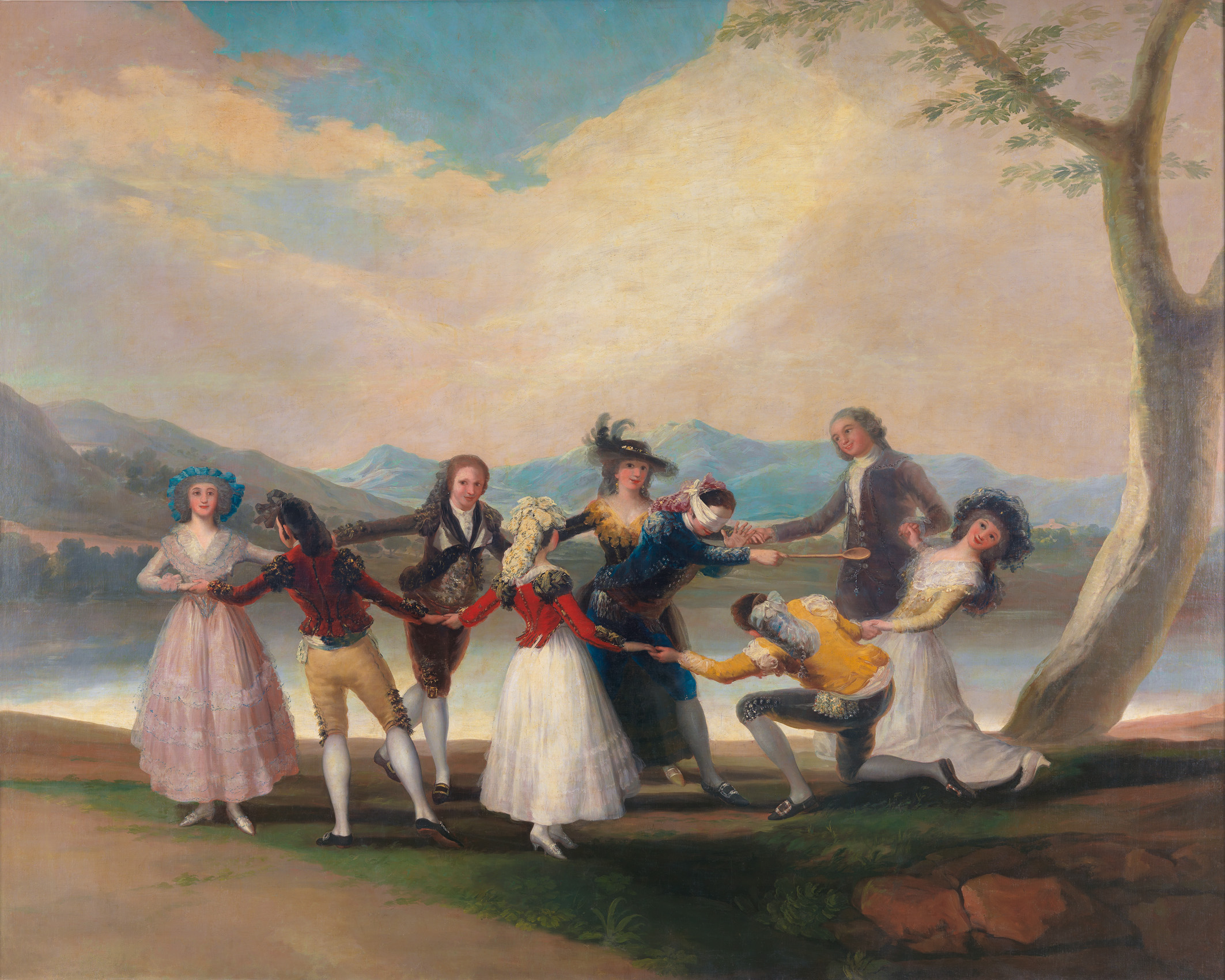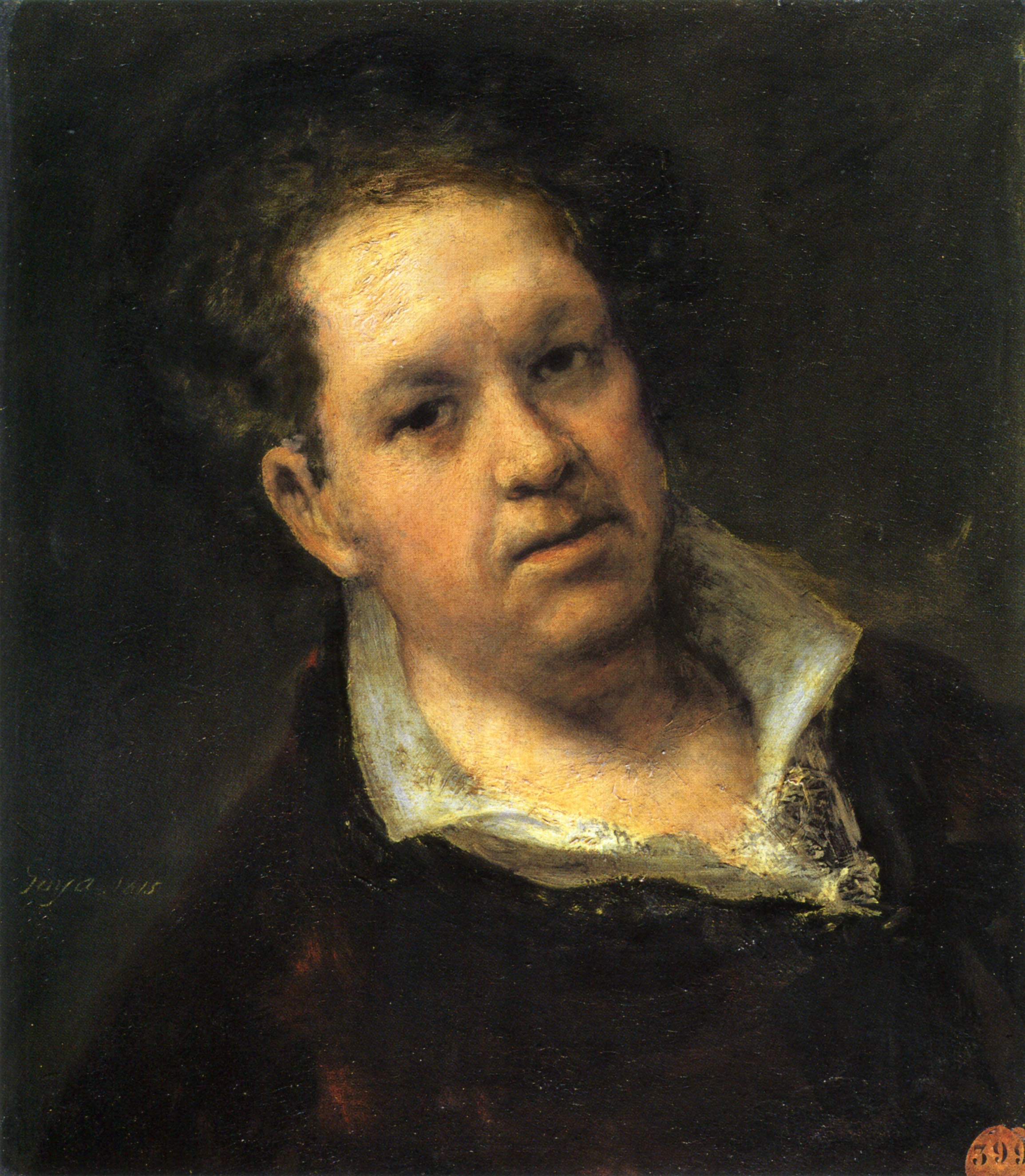Today we have something special for you. This year, Kunsthistorisches Museum in Vienna celebrates its 125th anniversary — in 1891, Emperor Franz Joseph formally opened the museum. On this occasion we feature today's piece, currently presented in the “Celebration!” exhibition. Enjoy!
Today the game blind man's bluff (originally buff, meaning a small push) is generally associated with children, but in the 18th century its erotic connotations made it popular with adults too. Watteau introduced it into French painting, making it a stock motif in his fêtes galantes, and it was regarded as an integral part of informal festivities. Goya (and Goya alone!) made the suggestive party game the subject matter of a monumental composition. His composition was the template for a tapestry destined for El Pardo, the palace outside Madrid.
The participants wearing fashionable French clothes are presumably members of the gentry, while the more colourful characters clearly come from the lower classes — they are the celebrated majos and majas, known for their elaborate dress and their assertiveness, especially during public festivities. The fact that such events offered plenty of uncontrollable opportunities for these different classes to interact greatly alarmed the Spanish authorities.




Blind Man’s Buff (La Gallina Ciega)
oil on linen cartoon • 269 × 350 cm
 Francisco Goya
Francisco Goya